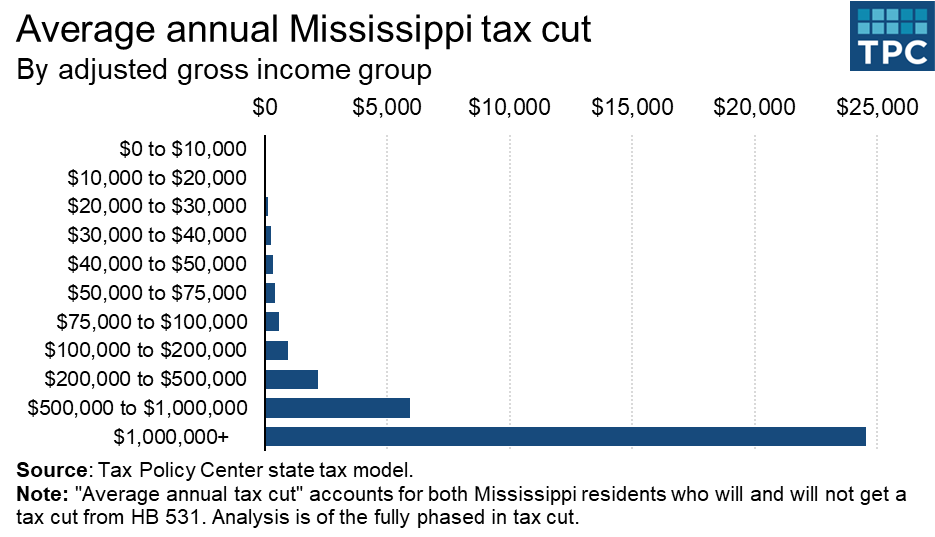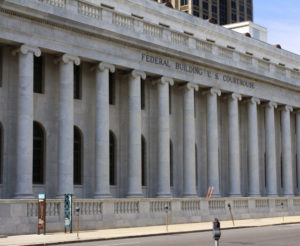What are Fraudulent Transfers in Bankruptcy
Fraudulent transfers in bankruptcy are transactions in which the debtor (the person or entity filing for bankruptcy) transfers assets to another person or entity for less than the fair value with the intention of defeating the claims of their creditors. Fraudulent transfers can occur before or after the bankruptcy filing and can be used to hide assets from the bankruptcy estate or to prefer certain creditors to others.
Fraudulent transfers can have significant consequences in an Autauga County bankruptcy, as they can affect the debtor’s eligibility for bankruptcy and the distribution of the bankruptcy estate. If the bankruptcy trustee (the neutral party appointed by the bankruptcy court to oversee the bankruptcy case) discovers that the debtor made fraudulent transfers, they may be able to recover the transferred assets for the benefit of the bankruptcy estate.
There are two main types of fraudulent transfers: actual fraud and constructive fraud. Actual fraud occurs when the debtor makes a transfer with the intention of defrauding their creditors. This can include transferring assets to a friend or relative with the intention of hiding the assets from the bankruptcy estate, or transferring assets to a creditor in order to receive more favorable treatment than other creditors. Actual fraud requires a showing of intent to defraud, which can be difficult to prove.
Constructive fraud occurs when the debtor makes a transfer without receiving reasonably equivalent value in return and the transfer renders the debtor insolvent or unable to pay their debts as they become due. Constructive fraud does not require a showing of intent to defraud and can be easier to prove than actual fraud.
In bankruptcy, fraudulent transfers can affect the debtor’s eligibility for bankruptcy in Clanton, or anywhere else in the Montgomery area, and the distribution of the bankruptcy estate. If the bankruptcy trustee discovers that the debtor made fraudulent transfers, they may be able to recover the transferred assets for the benefit of the bankruptcy estate.
If the debtor made a fraudulent transfer before filing for bankruptcy, the bankruptcy trustee may be able to avoid (undo) the transfer and recover the transferred assets for the benefit of the bankruptcy estate. This is known as an avoidance action and can be brought under the bankruptcy code or state law. If you hire a local bankruptcy attorney in Montgomery, then they can help you if such an issue occurs.
If the debtor made a fraudulent transfer after filing for bankruptcy, the bankruptcy trustee may be able to recover the transferred assets for the benefit of the bankruptcy estate through a fraudulent conveyance action. A fraudulent conveyance action is a lawsuit brought by the bankruptcy trustee to recover assets that were transferred by the debtor for less than the fair value within two years of the bankruptcy filing. Fraudulent conveyance actions are typically brought under the bankruptcy code or state law and can be used to recover assets that were transferred to a friend or relative, a creditor, or any other third party.
If the bankruptcy trustee is successful in recovering the transferred assets through an avoidance action or a fraudulent conveyance action, the assets will be returned to the bankruptcy estate and will be available to be sold and used to pay the debtor’s creditors.
Fraudulent transfers can also affect the debtor’s eligibility for bankruptcy. If the debtor made a transfer before filing for bankruptcy, they may be found to be ineligible for bankruptcy under the “bad faith” provision of the bankruptcy code. If the bankruptcy court finds that the debtor made the transfer in bad faith, they may be denied a discharge (the legal release of the debtor from personal liability for certain debts) and may still be liable for their debts.
Fraudulent transfers can also affect the distribution of the bankruptcy estate. If the debtor made the transfer to a creditor, the creditor may be required to return the transferred assets to the bankruptcy estate. If the creditor refuses to return the assets, they may be treated as an unsecured creditor and may receive a lower priority in the distribution of the bankruptcy estate.
In summary, fraudulent transfers in bankruptcy are transactions in which the debtor transfers assets to another person or entity for less than the fair value with the intention of defeating the claims of their creditors. These transfers can have significant consequences in bankruptcy, as they can influence the debtor’s eligibility for bankruptcy and the distribution of the bankruptcy estate. If the bankruptcy trustee discovers that the debtor made these transfers, they may be able to recover the transferred assets for the benefit of the bankruptcy estate through an avoidance action or a cause of action. Fraudulent transfers can also affect the debtor’s eligibility for bankruptcy and the distribution of the bankruptcy estate and can result in the creditor being required to return the transferred assets to the bankruptcy estate.
Attorney Steven A. Harris regularly blogs in the areas of family law, bankruptcy, probate, and real estate closings on this website. Mr. Harris tries to provide informative information to the public in easily digestible formats. Hopefully you enjoyed this article and feel free to supply feedback. We appreciate our readers & love to hear from you!
Sharing is caring:







